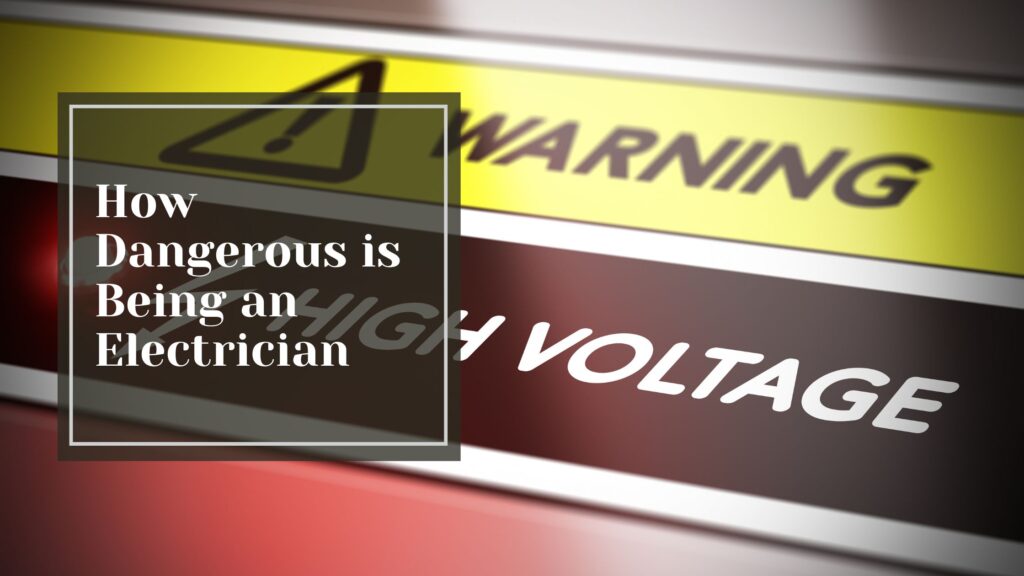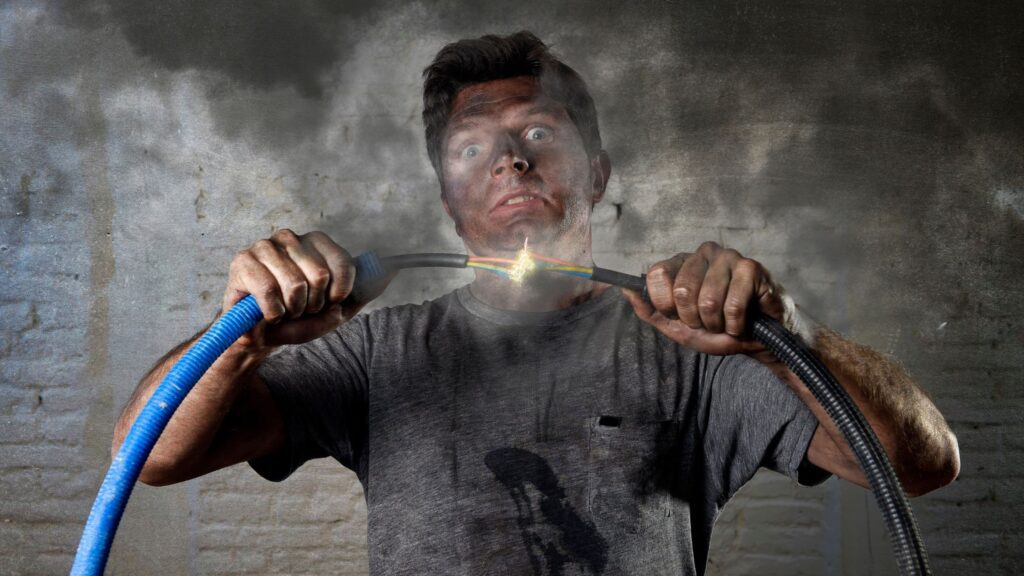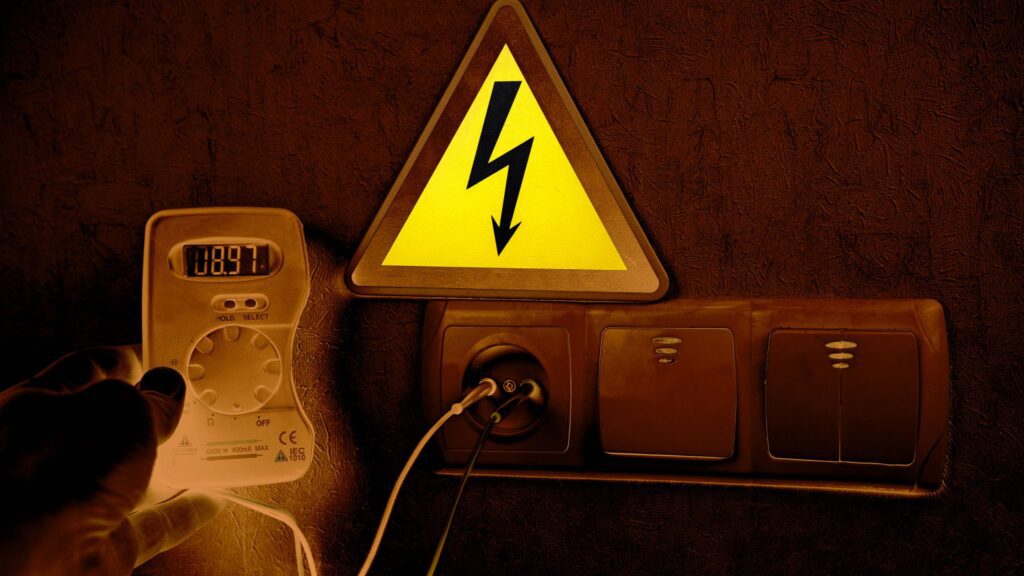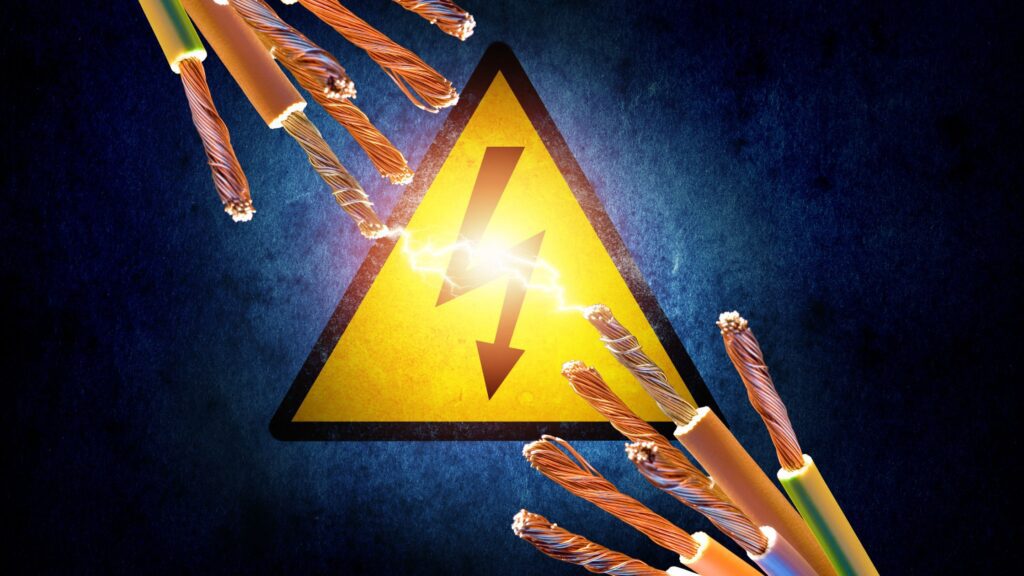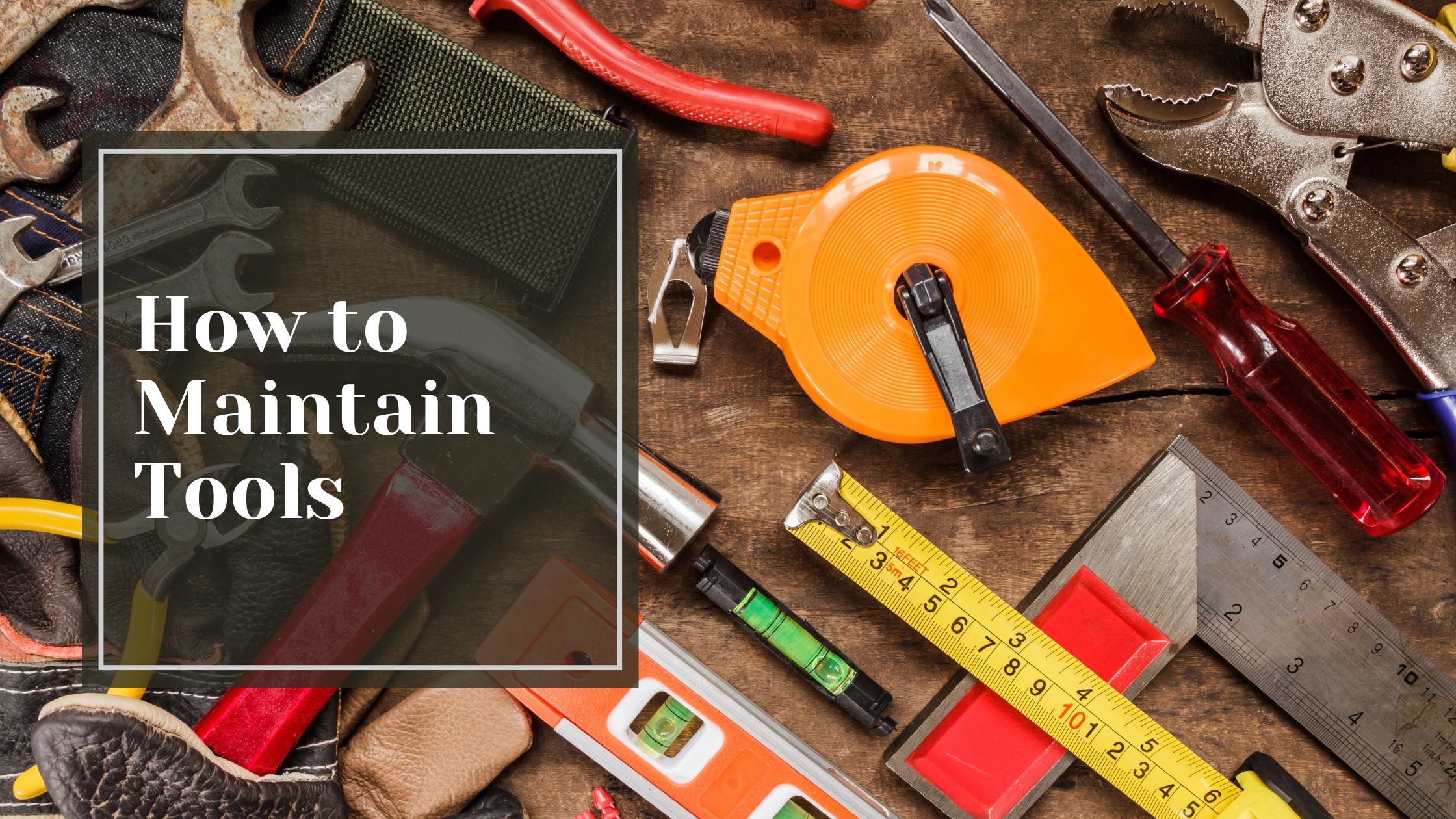Got an inkling for electrical work, huh? OK, let’s talk about what a 2024 career in electrical work would look like before you tie your shoelaces to it. Yes, constant pay and hands-on work might be things you want. But have you thought about the risks that come with this job? This is why an electrician’s profession can be dangerous as it involves dealing with live wires and faulty systems. Here at Talking Tradesmen, we will discuss the daily dangers one could face. Now that you have a cup of coffee, let’s discuss why working as an electrician might not be as safe as you might believe.
Table of Contents
ToggleThe Shocking Dangers of Electricity
Lethal Currents and Faulty Wiring
What should scare you the most? The very thing that is always around your workplace. Even a small amount of current through your heart could kill you! Loose wiring and obsolete systems contribute to most cases of electrocution so always make sure that they are malfunctioning before touching them. Remember electricity doesn’t choose – it zaps novices just as quickly favorites – it’ll zap you just as quickly as a novice.
Fire Hazards on the Rise
There is a shocking statistic: the number of electrical fires will increase by 35% in 2024. Overloaded circuits and damaged cables are in danger waiting to explode. Always check your equipment for faults and never compromise on safety procedures. Your carefulness can determine whether it will be just another task or a disaster.
Hidden Dangers: Water and Overhead Lines
Water and electricity are a deadly duo. Keep all electrical equipment away from moisture, and never work with wet hands. And don’t forget to look up – those overhead power lines can be silent killers. Stay at least 10 feet away, or you might become a cautionary tale.
Master the fundamentals of electrical systems with 'Delmar's Standard Textbook of Electricity.' Ideal for journeyman electricians, this concise guide covers essential principles for installing, repairing, and troubleshooting electrical components.
Common Causes of Electrical Accidents and Fatalities
Unsafe Work Practices
One of the leading causes of electrical accidents is unsafe work practices. This includes failing to follow proper lockout/tagout procedures, working on live equipment, or using unsuitable test equipment. Always prioritize safety protocols, even if it means taking a little extra time.
Lack of Training and Information
Inadequate training is another major culprit. Lack of knowledge can lead to misuse of equipment and ignorance of potential dangers. Do not forget to stay on top of your training and feel free to ask questions if unsure.
Environmental Hazards
Your workplace can also pose great risks. Overhead power lines cause close to half of all electrical fatalities. Always be aware of your surroundings since your workplace includes heights where you do most of your tasks or near any source of electricity power line installations above your head are blamed for nearly fifty percent of all deaths related to electrics being killed by such. If anything goes wrong, then there is nowhere you may hide or escape from them because they are always directed towards the human beings who work with wiring lines installed overhead or nearby.
Physical Injuries
Although danger from electric shocks is the larger concern, do not neglect other physical hazards such as falls, burns, cuts, and hearing loss. Remember to wear the right safety equipment and look out for dangers beyond electricity only.
Safety Standards and Regulations for Electricians
Comprehensive Safety Programs
The Electrical Safety Foundation International (ESFI) highlights that it is important to have comprehensive programs for safety. These should cover everything from proper use of equipment to emergencies. Note well that a well-structured safety program isn’t just a legal requirement but a lifeline in high-risk fields.
NFPA 70E: Your Go-To Standard
National Fire Protection Association’s NFPA 70E is your go-to guide concerning electrical safety. It contains vital issues like electrical hazard analysis, safe work practices, and personal protective equipment (PPE) requirements. Ensure you are aware of its guidelines which are regularly updated to take into account advancements within the industry.
International Standards and Regulations
Do not forget about international standards. For low-voltage electrical installations, the IEC 60364 series is an internationally accepted measure. This incorporates various aspects such as insulation coordination, and electromagnetic compatibility among others. These standards should be kept up with by all means since they change regularly due to rapidly changing technology.
Essential Protective Gear and Precautions
Electrical safety should be the most important issue to consider when engaging in this type of work. For an electrician in 2024, you must be equipped with all necessary protective devices and take some important precautions while at work.
Suit Up for Safety
Firstly, you need to have the right personal protection equipment (PPE) for self-protection. Do not ever think of skimping on this—buy high-quality gears that meet safety standards. Included in these are:
-
- Insulating gloves that protect against electric shock
- Fireproof clothes that protect from arc flashes
- Face shields and goggles used for eye and face protection
- Electrical Hazard (EH) boots that offer proper foot protection.
- Hard hats are built to withstand electrical hazards.
Beyond the Gear: Critical Precautions
Putting on the correct PPE isn’t enough. To properly ensure your safety, you should:
-
- Always have a robust lockout/tag-out program so that equipment is de-energized before any work is done
- Perform routine checks as well as test all electrical tools and equipment.
- Check voltage absence before any touching of electrical components using voltage testers.
- Work under a buddy system, especially during hazardous actions like putting up electric poles.
Indestructible Steel Toe Waterproof and Non-Slip Better Warmth Men Work Shoes Brown 9.5
Advancing Technology and Training Improves Electrical Safety
Cutting-Edge Tools Enhance Workplace Safety
You might be surprised to learn how technology is revolutionizing electrical safety. Advanced data analytics tools are now being used to predict potential failures, allowing for proactive maintenance and reducing accident risks. Real-time monitoring systems using IoT devices provide instant insights into equipment status, enabling swift action when hazards arise.
Virtual Reality Transforms Training
Imagine running through dangerous scenarios without any real risk. This is exactly what Virtual Reality (VR) training simulations are doing for electricians. These immersive experiences give you practice for emergencies, and they improve overall workplace safety significantly. Moreover, Augmented Reality (AR) technology overlays digital safety information onto the physical world thereby making maintenance tasks safer.
Updated Standards Prioritize Safety
The electrical industry is an evolving one, and so are its safety standards. The “Point of Work” concept was introduced in the 2024 update of NFPA 70E. This means that there should be a proactive approach to safety at every workplace. It also recommends permanent electrical safety devices (PSDs) enabling less exposure to electricity-related hazards through voltage testing. With multiple trainings on modern practices and techniques, these changes have made electrician’s jobs safer than ever before.
How Dangerous is Being an Electrician
That’s it! Being an electrician in 2024 is not for the faint-hearted. You’ll always be busy either protecting yourself against artificial intelligence-charged shocks or messing up with quantum wires. Nevertheless, someone has to light up our world through technology right? Constant vigilance, well-updated tools, and more investment in protective gear will serve as your guide. By doing so, we can avoid any major injuries since we stay safe and proceed with some caution which makes this field very exciting to navigate where electricity is concerned because who knows? Maybe you’re going to become the Superman of electrics one day.
Frequently Asked Questions
How Dangerous Is Being An Electrician In 2024?
Being an electrician in 2024 is dangerous due to the constant exposure to live wires, faulty systems, and fire hazards. Electricians must follow safety protocols and use protective gear to mitigate these risks.
What Are The Common Causes Of Electrical Accidents?
Electrical accidents often result from unsafe work practices, lack of training, faulty wiring, environmental hazards like overhead power lines, and ignoring safety protocols.
What Safety Standards Should Electricians Follow?
Electricians should adhere to safety standards like NFPA 70E, IEC 60364, and implement comprehensive safety programs, including proper use of personal protective equipment (PPE) and regular training.
What Personal Protective Equipment Should Electricians Use?
Electricians should wear insulating gloves, fireproof clothing, face shields, goggles, EH boots, and hard hats to protect themselves from electrical hazards.
How Does Technology Improve Electrical Safety In 2024?
Technology like real-time monitoring systems, advanced data analytics, Virtual Reality training, and Augmented Reality tools significantly enhance workplace safety by identifying risks and improving preparedness.

